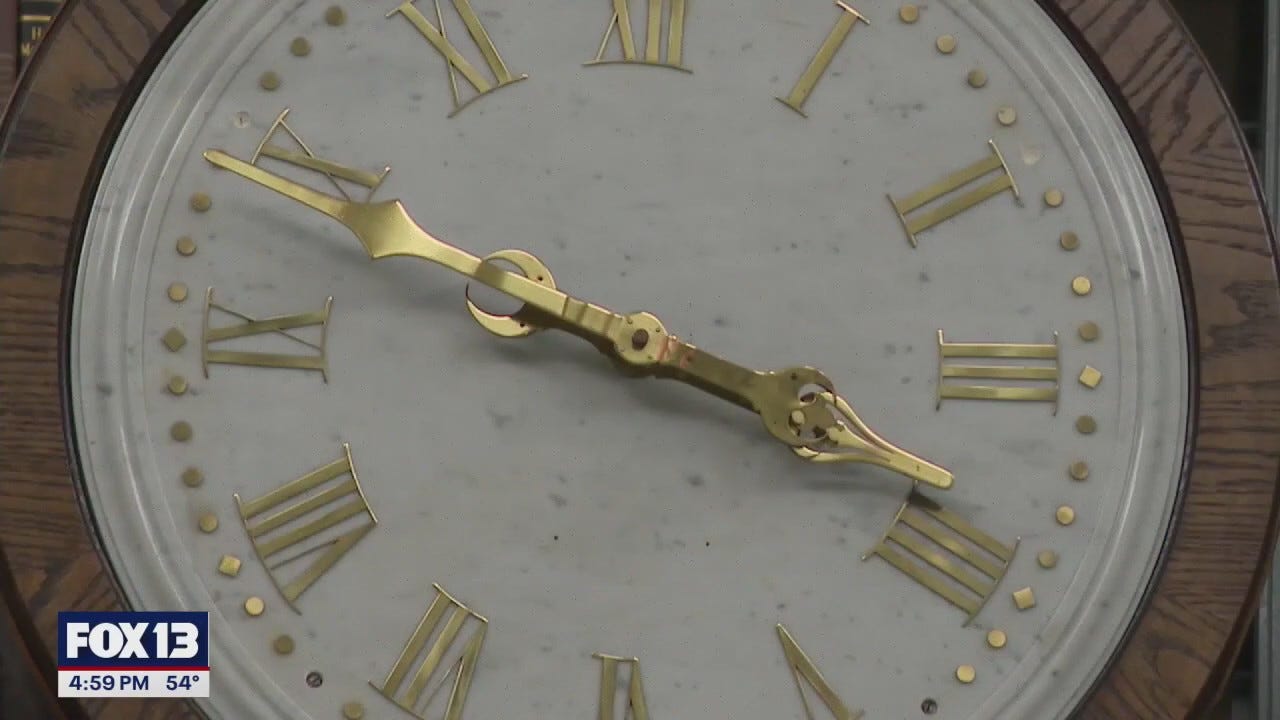When is daylight saving time? Here's when to 'fall back' in 2025

While three months remain until the end of daylight saving time for 2025, the days are already getting shorter and the time to change the clocks will be here before you know it.
Although the movement to get rid of the clock change has grown in recent years, daylight saving time is still happening across most of the U.S., as the twice-a-year movement of clocks either backward or forward accounts for more daylight in the mornings or evenings for millions of Americans.
In November, when daylight saving time ends for 2025, clocks will "fall back," meaning those affected will gain an extra hour of sleep, but for some regions of the country, the time change will also mean an earlier sunset and more hours in the dark of night.
Here is what you need to know about this year's time change.
What is daylight saving time?
Daylight saving time is the time between March and November when most Americans adjust their clocks ahead by one hour.
We gain an hour in November (as opposed to losing an hour in the spring) to make for more daylight in the winter mornings. When we "spring forward" in March, it's to add more daylight in the evenings. And in the autumn, we "fall back."
When does daylight saving time end in 2025?
Daylight saving time will end for the year at 2 a.m. local time on Sunday, Nov. 2.
Next year, it will begin again on Sunday, March 8, 2026.
Does every state observe daylight saving time?
Not all states and U.S. territories participate in daylight saving time.
Hawaii and most of Arizona do not observe daylight saving time. Because of its desert climate, Arizona doesn't follow daylight saving time (with the exception of the Navajo Nation). After most of the U.S. adopted the Uniform Time Act, the state figured that there wasn't a good reason to adjust clocks to make sunset occur an hour later during the hottest months of the year.
There are also five other U.S. territories that do not participate:
- American Samoa
- Guam
- Northern Mariana Islands
- Puerto Rico
- U.S. Virgin Islands
The Navajo Nation, located in parts of Arizona, Utah and New Mexico, does follow daylight saving time.
Hawaii is the other state that does not observe daylight saving time. Because of its proximity to the equator, there is not a lot of variance between hours of daylight during the year.
Fernando Cervantes Jr. is a trending news reporter for Paste BN. Reach him at fernando.cervantes@gannett.com and follow him on X @fern_cerv_.